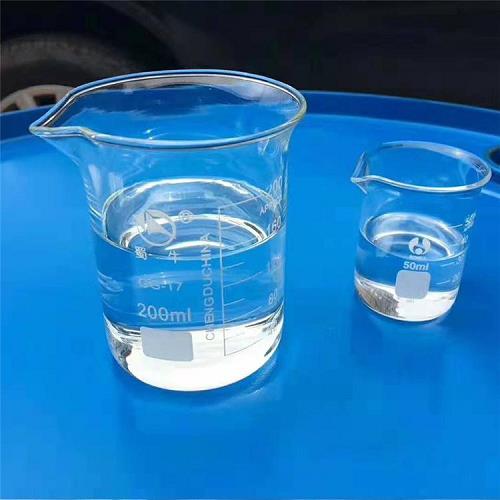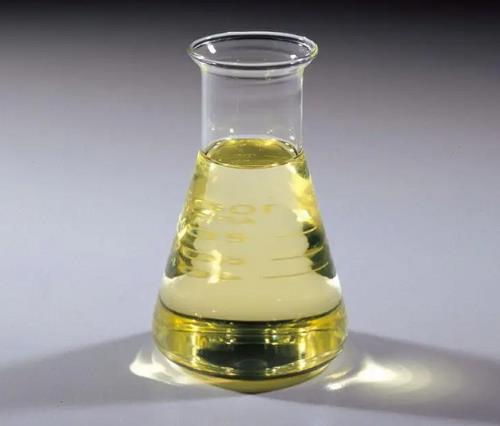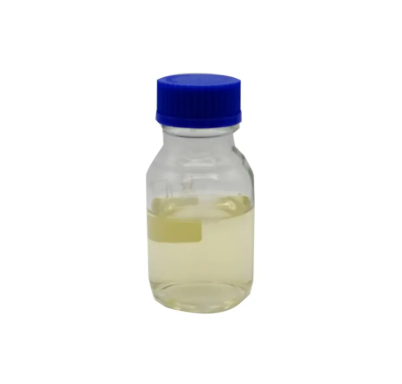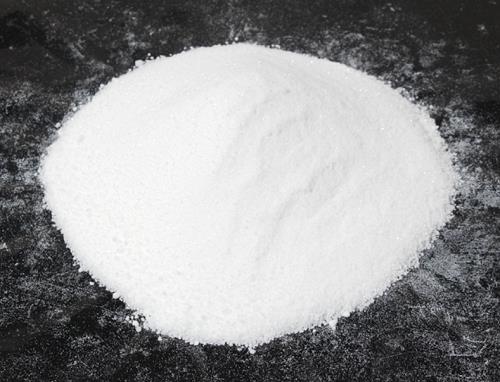From early AD to mid-19 century, people mainly use the natural organic substance (such as animal and plant extracts) for qualitative analysis or quantitative analysis. From the second half of the 19th century to the 1920s, it had begun to appear of artificially synthetic organic reagent such as using potassium acetate xanthan for test of nickel, copper, and molybdenum; using morin for test of aluminum; using diazo coupling reaction for the detection of Nitrite; using α-β-nitroso naphthol for detection of cobalt; using dimethyglyoxime for nickel test. After the proposal of the special-effects group in the 1930s and the proposal of theoretical analysis of functional groups theory in 1950s, people had carried out large-scale screen of organic reagents in search of special-effects analysis groups for different ions and had successfully synthesized a lot of agents of practical value (such as copper reagents, new copper agent, cadmium reagents, beryllium reagent, thorium reagents, etc.). Before the 1950s, the complex compound, in analytic chemistry, is mainly used in the aspects of the precipitation reaction of a binary chelate for the qualitative detection, precipitate isolation and gravimetric separation and other aspects. In the early 1950s and 1960, it is mainly in the form of complexometric titration. From the beginning of the late 1960s, the main focus has been moved to the photometric analysis. Meanwhile, it has been also developed of chelate organic solvent extraction.
Ritalinic Acid: a Methylphenidate Metabolite
Ritalinic acid (inactive MPH metabolite) enhances human sperm motility and shows age-dependent urinary levels for ADHD medication adherence testing.
Dec 26,2025 Organic reagents2-Bromobiphenyl: Organic Synthesis Intermediate & Substrate
2-Bromobiphenyl is synthesized from 2-aminobiphenyl, used for fluorene amine synthesis, and as a key substrate in sterically hindered Suzuki–Miyaura coupling.
Dec 23,2025 Organic reagents2-Bromopyridine: Versatile Building Block for Heterocycle Synthesis
2-Bromopyridine enables MAPA reagents and polyheteroarylated 2-pyridones synthesis via copper-catalyzed cross-coupling, with broad synthetic utility.
Dec 10,2025 Organic reagents2,4,6-trimethylaniline:Uses,Toxicity and Synthesis
2,4,6-Trimethylaniline is used to produce commercial quantities of Acid Blue 129 dye.
Dec 3,2025 Organic reagents4-Fluoronitrobenzene: Nucleophilic Aromatic Substitution & Fine Chemical Synthesis
4-Fluoronitrobenzene undergoes efficient nucleophilic substitution via microreactor/cyclodextrin mediation, enabling synthesis of pharmaceuticals.
Nov 24,2025 Organic reagentsA Review on the Structural Properties, Toxicological Analysis, and Ultrasonic-Assisted Applications of Pigment Yellow 83
The review of the chemical structure, toxicological characteristics, and ultrasonic-assisted applications of Pigment Yellow 83.
Nov 5,2025 Organic reagentsThe Lewis structure of Fluoroethane
The Lewis structure of fluorine (C2H5F) consists of two carbon atoms (C), five hydrogen atoms (H), and one fluorine atom (F).
Oct 29,2025 Organic reagentsPyroxasulfone: A highly efficient herbicide
Pyroxasulfone was developed as a pre-emergence herbicide to control grass and small-seeded broadleaf weeds.
Oct 29,2025 Organic reagentsLawesson's Reagent: Thionation of Natural Compounds
Lawesson’s reagent enables thionation of natural products, modifying steroids and terpenoids to explore biological activities and synthetic applications.
Sep 23,2025 Organic reagentsApplications and Synergistic Effects of Phenoxycycloposphazene as an Eco-Friendly Flame Retardant
This reviews the eco-friendly flame retardant applications and synergistic mechanisms of phenoxycycloposphazene in polymer composites.
Sep 22,2025 Organic reagents












